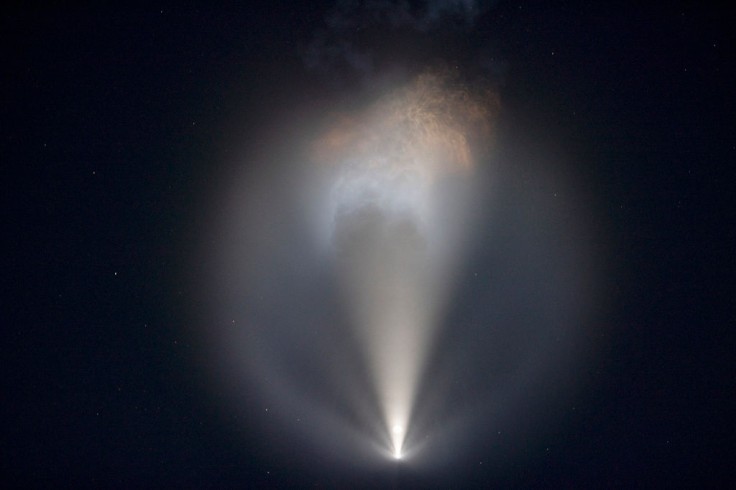
NASA's Asteroid Deflection mission recently reported to the public that the spacecraft named DART will launch off to space.
Double Asteroid Redirection Test (DART)
The spacecraft, DART-Double Asteroid Redirection Test, was announced to launch on a mission in late November. The DART mission will be launched from Vandenberg Space Force Base in California at 1:20 a.m. EST on Nov. 24 aboard a SpaceX Falcon 9 rocket to a pair of asteroids known as the Didymos binary.
According to NASA, as reported by The Science Times, the DRACO (Didymos Reconnaissance and Asteroid Camera for Optical) navigation imaging equipment is located beneath the spacecraft's panels. Engineers have nearly finished integrating the spacecraft, taking it closer to the launching date.
DART is an unusual mix of old and new technologies, with several of the latter being seen on a spaceship for the first time as an integral part of NASA asteroid warning efforts.
If a near-Earth object approaches within 0.05 astronomical units, approximately 4.6 million miles, and spans more than 460 feet in diameter, NASA considers it 'possibly hazardous.' NASA stated that there are slightly over 25,000 near-Earth objects, although many more are still to be identified.
On Oct. 1, the cube satellite (CubeSat) that will follow DART was long ready for installation. According to NASA, the CubeSat weighs 31 pounds and is about the size of an adult's hand and forearm. DART is the initial phase of NASA's asteroid deflection strategy, developed with the European Space Agency to defend Earth from a 'hazardous asteroid' collision.
NASA Asteroid Deflection Mission
On Oct. 2, 2022, DART will collide with one of the two asteroids named Didymoon at a speed of around 13,500 mph. That will only modify Didymoon's acceleration by a fraction of a percent, but it will be enough for NASA to measure the altered orbit. It will provide helpful information for future efforts to deflect asteroids.
As reported by DailyMail, Didymoon is about 160 meters (524 ft) broad and orbits Didymos, a considerably larger space rock that is around 780 meters (2,559 ft) across.
Didymoon approached Earth around 2003, reaching approximately 3.7 million miles from the planet.
Didymoon is by far the more likely of the two asteroids to collide into Earth since there are more space rocks of this size that NASA and the Center for Near-Earth Object Studies (CNEOS) have yet to study closely.
NASA's Asteroid Deflection spacecraft DART will also be the first test of the kinetic impactor technique, which involves putting one or more larger, high-speed spacecraft into the path of an asteroid to alter its momentum.
According to another article from The Science Times, scientists have considered the potential of an asteroid colliding into Earth ever since the 1960s. With that, NASA's asteroid deflection technologies were developed to shatter the cosmic object into thousands of pieces.
On the other hand, these fragments may harm Earth in the same way that an asteroid would. With that knowledge in mind, scientists developed the kinetic impact deflection (KID) method, which involves firing something into space to knock the asteroid off track away from Earth while keeping it intact.
When it comes to preventing an asteroid from hitting Earth, timing is everything.
It is much more common than many people know for an asteroid to pass relatively near Earth. According to National Geographic, hundreds of asteroids large enough to cause regional destruction travel within five million miles of Earth annually, the threshold for potentially dangerous asteroids. Each year, one or two space objects large enough to have a devastating impact on a continent pass by.









